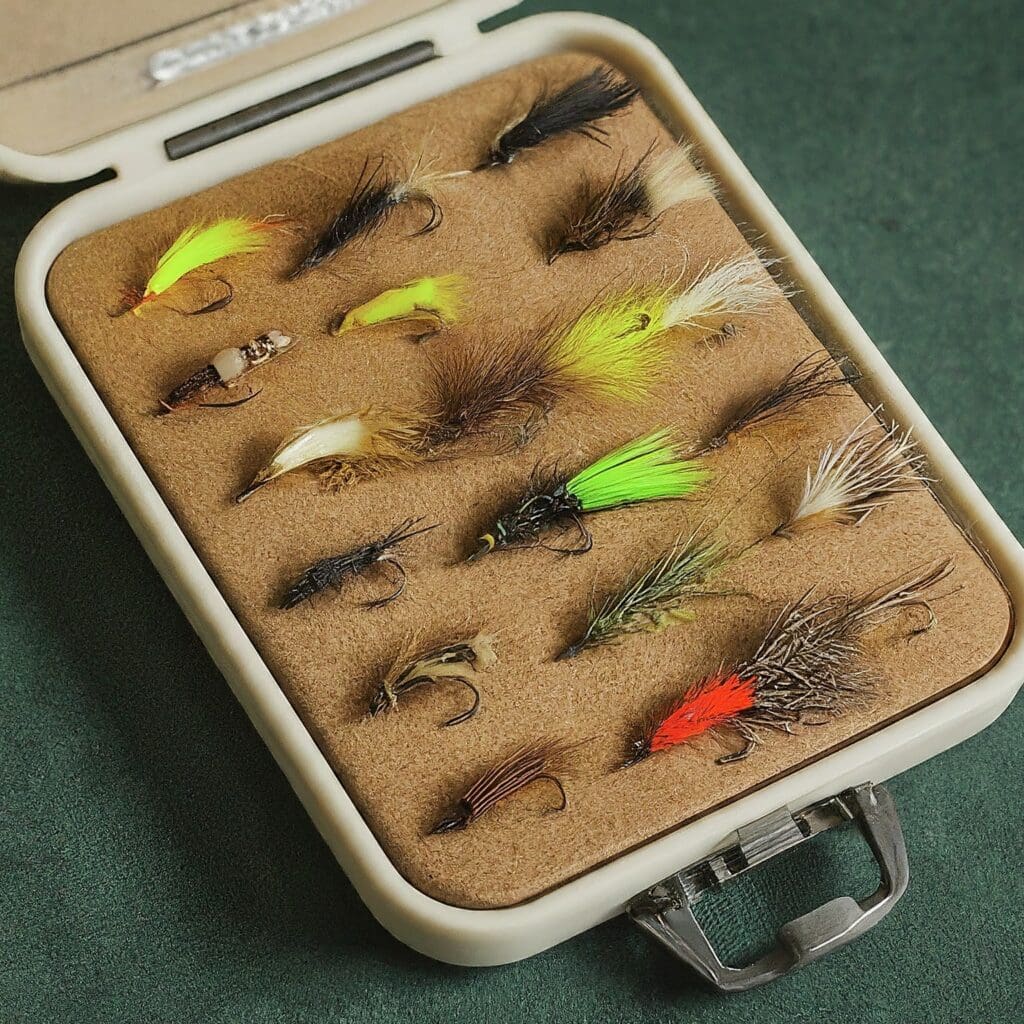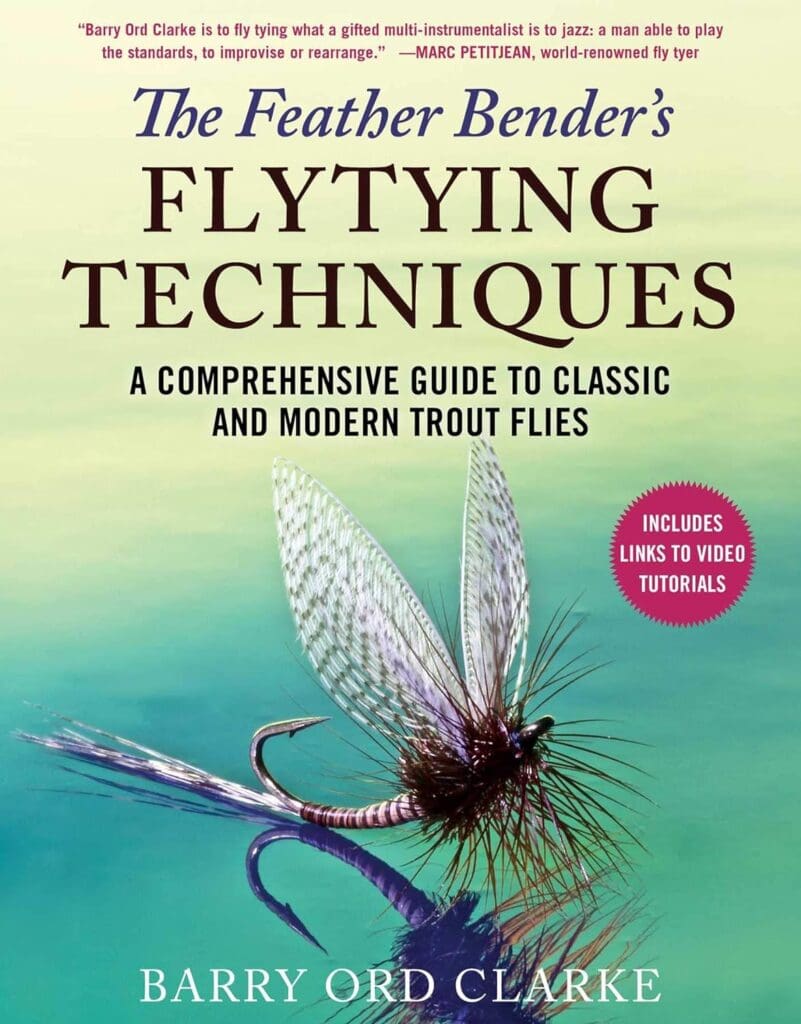Definition
A fake bug used in fishing, an artificial fly mimics real insects. Feathers, fur, or synthetic materials make it. Artisans design each to resemble various bugs or types of fish food.
Expanded Explanation
Artificial flies imitate fish prey and trick fish into biting them. There are many kinds, each serving a different purpose. Some float; others sink. They match local bugs or fish diets, making fishing more effective.
Different Types of Artificial Fly
Crafters design many flies to mimic specific food sources and suit various water conditions for fishing. Here are a few examples:
- Dry Flies are flies that float on top of the water, imitating adult insects or land insects that have fallen onto the water.
- Wet Flies are flies that sink below the water surface, imitating submerged insects, larvae, small minnows and baitfish.
- Nymphs, a type of wet fly, specifically mimic the immature stage of aquatic insects.They live underwater.
- Streamers are larger artificial flies that resemble small fish or large aquatic insects. Designers create them for fishing in deeper water or faster currents.
Importance
Artificial flies play a crucial role in fly fishing, enabling anglers to match the hatch. This involves using flies that mimic emerging insects on the water. Using something that resembles their natural food can fool fish more effectively than bait.
Context and Usage of an Artificial Fly
Anglers use them in both freshwater and saltwater fly fishing. The specific body of water, time of year, and targeted fish type will determine the fly used.
Examples
Example 1: An angler fishing for trout on a mountain stream might use a dry fly that imitates a mayfly.
Example 2: An angler fishing for bass in a lake might use a wet fly that imitates a leech.
Understanding Artificial Flies
A common misconception about them is that they are challenging to tie. However, many are easy to tie, even for beginners.
Related Glossary Terms
- Fly Tying: The art of creating flies to catch fish.
- Fly Fishing: A fishing technique that uses a fly rod, fly line, and artificial flies to catch fish.
Artificial Fly Visual and Reading Aids
External Resources
The Fly Fishing Show: The Fly Fishing Show is a travelling event. They feature fly fishing vendors, demonstrations, and workshops. Its website contains upcoming shows, fly fishing tips and gear reviews.
The Canadian Sport Fishing Magazine: – This magazine covers all aspects of fishing in Canada, including fishing tips, destination guides, and gear reviews.
Related Artificial Fly Articles
Wet Fly vs Dry Fly | Master With Both Now!: Wet flies sink to mimic underwater prey, while dry flies float to resemble surface insects. Mastering both can improve fishing success.
Powerful Top 10 Streamer Flies for Trout | Unleash the Fury: Uncover the top 10 streamer flies for trout, mimicking small fish to enhance your fishing. These designs unleash fury in your angling adventures. With their lifelike movement and appearance, these powerful lures are essential for attracting larger trout.

